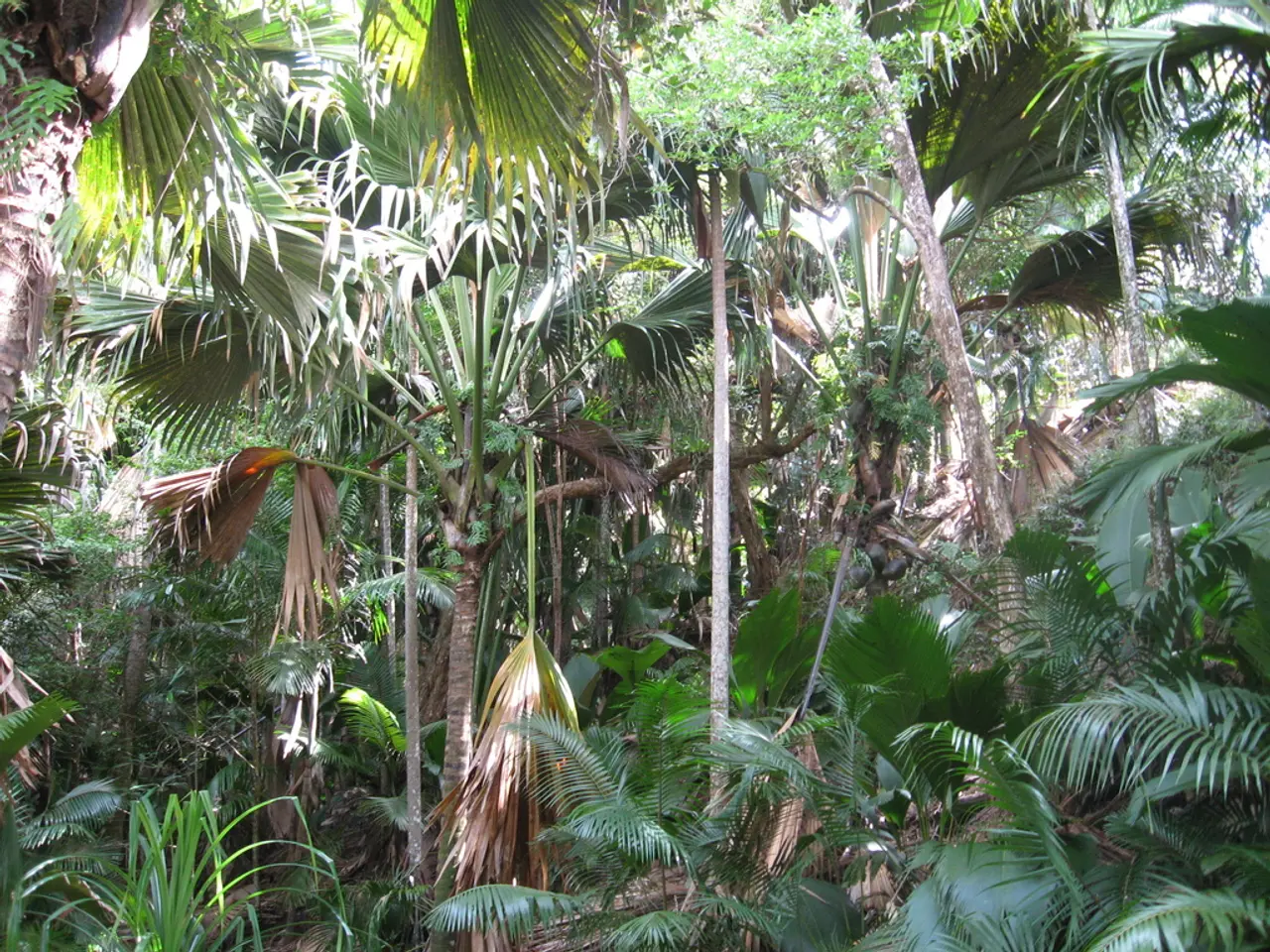Astana's Botanical Garden Welcomes Sacred Turanga Tree
Astana's Botanical Garden has welcomed a significant addition with the planting of a turanga tree, a species sacred to the Kazakh people and listed in the Red Book of Kazakhstan. This marks the first time a turanga tree has been planted in the capital, with President Kassym-Jomart Tokayev participating in the ceremony.
The turanga tree, a symbol of resilience and life in the steppe, was once relied upon during the famine of the 1930s. Its bark, roots, hollows, and groves provided sustenance to those in need. Now, its ecological importance takes centre stage as it is introduced to Astana's green spaces.
Over 11,000 trees have been planted in the city with the help of volunteers and eco-activists. The turanga tree's ability to extract water from depths of up to 15 meters and survive in extreme climates makes it an ideal candidate for combating desertification. It also strengthens soils and promotes biodiversity conservation, even in conditions of extreme temperature fluctuations.
The planting of the turanga tree in Astana's Botanical Garden is more than just an addition to the city's greenery. It is a symbol of resilience, a testament to the power of nature, and a step towards preserving Kazakhstan's unique biodiversity. With the support of President Tokayev and eco-conscious citizens, Astana continues to grow greener and more sustainable.
Read also:
- American teenagers taking up farming roles previously filled by immigrants, a concept revisited from 1965's labor market shift.
- Weekly affairs in the German Federal Parliament (Bundestag)
- Landslide claims seven lives, injures six individuals while they work to restore a water channel in the northern region of Pakistan
- Escalating conflict in Sudan has prompted the United Nations to announce a critical gender crisis, highlighting the disproportionate impact of the ongoing violence on women and girls.






